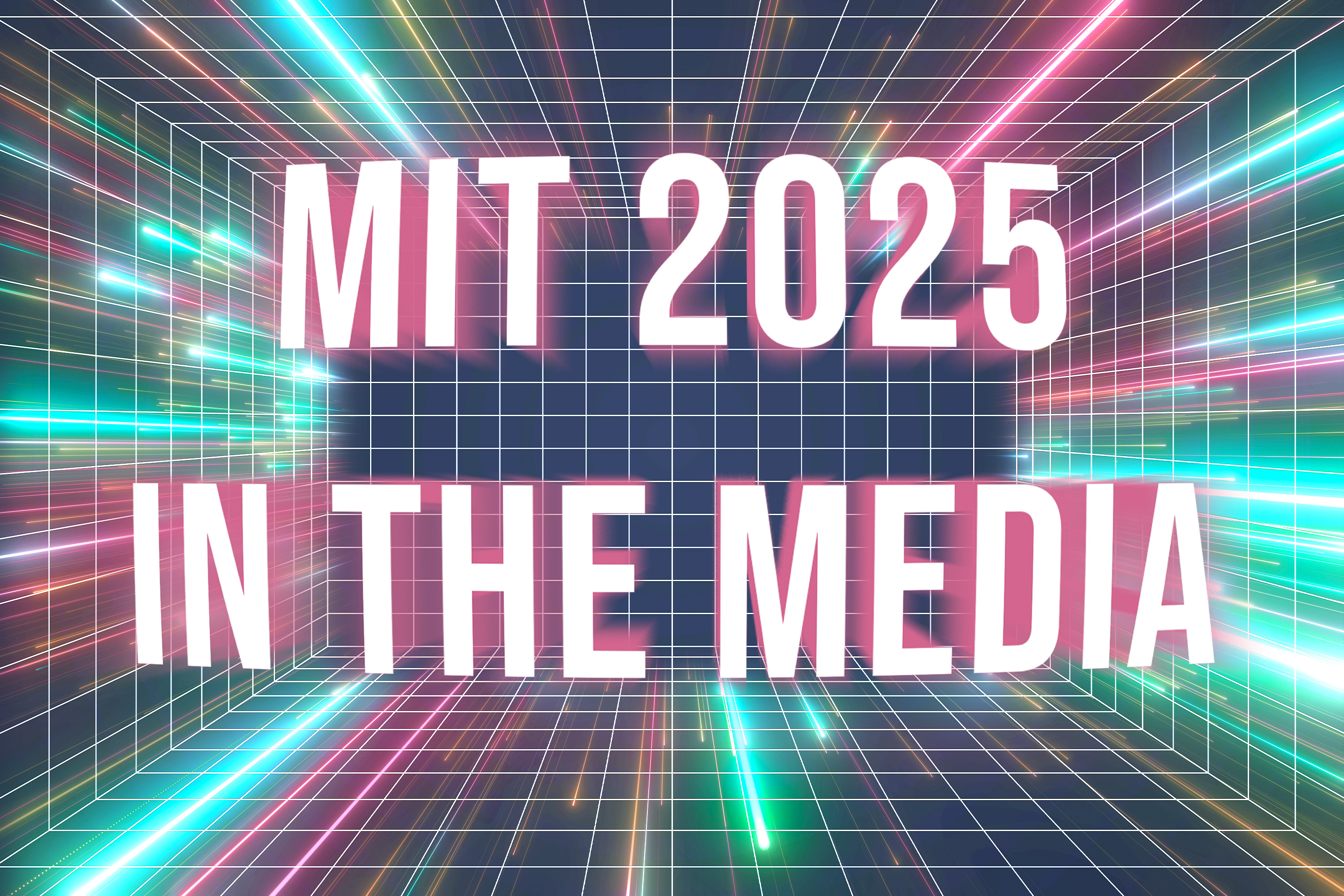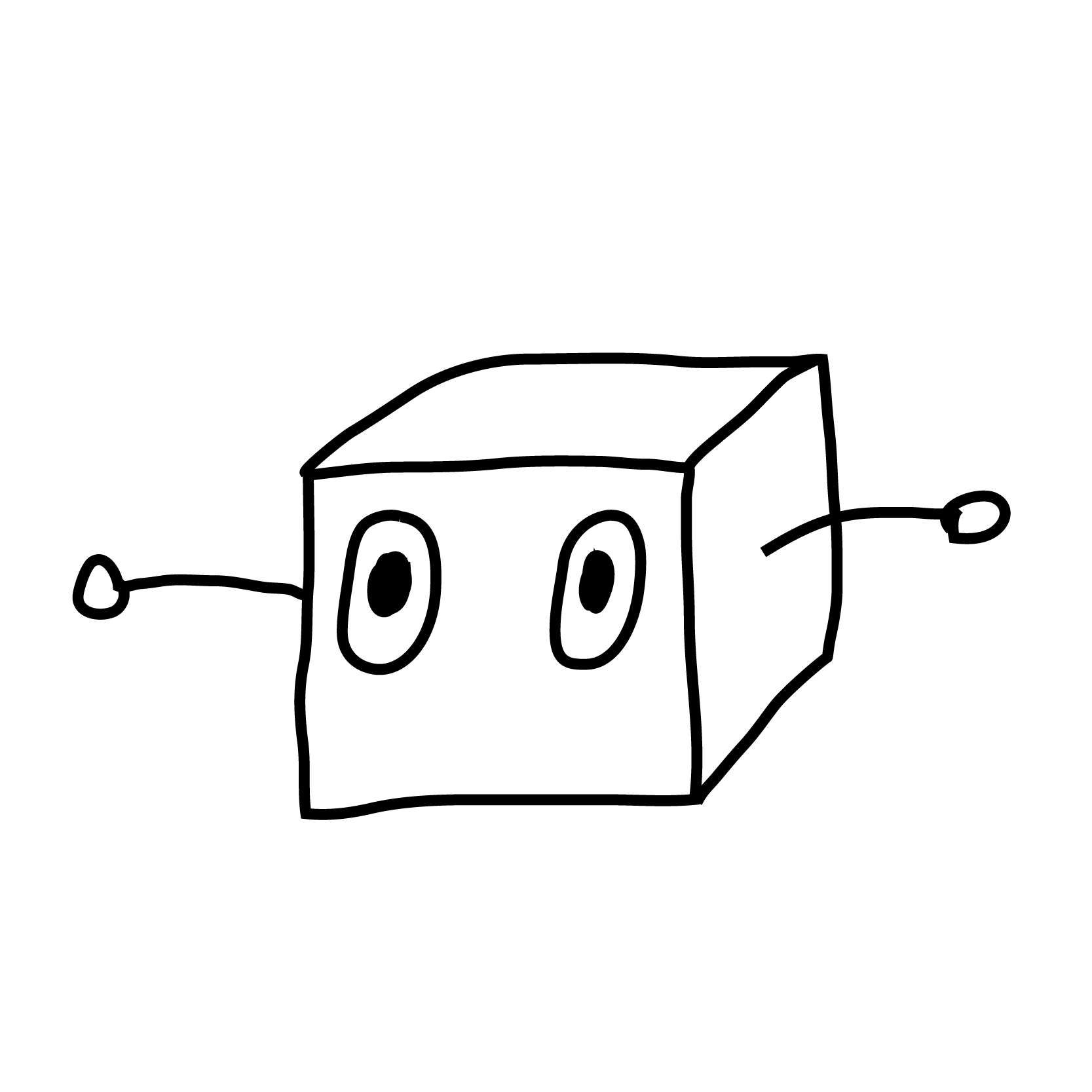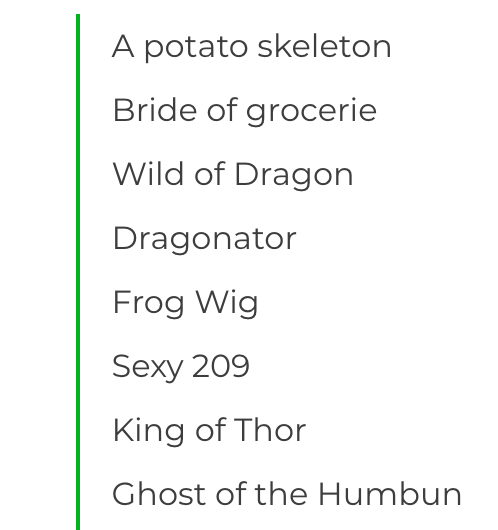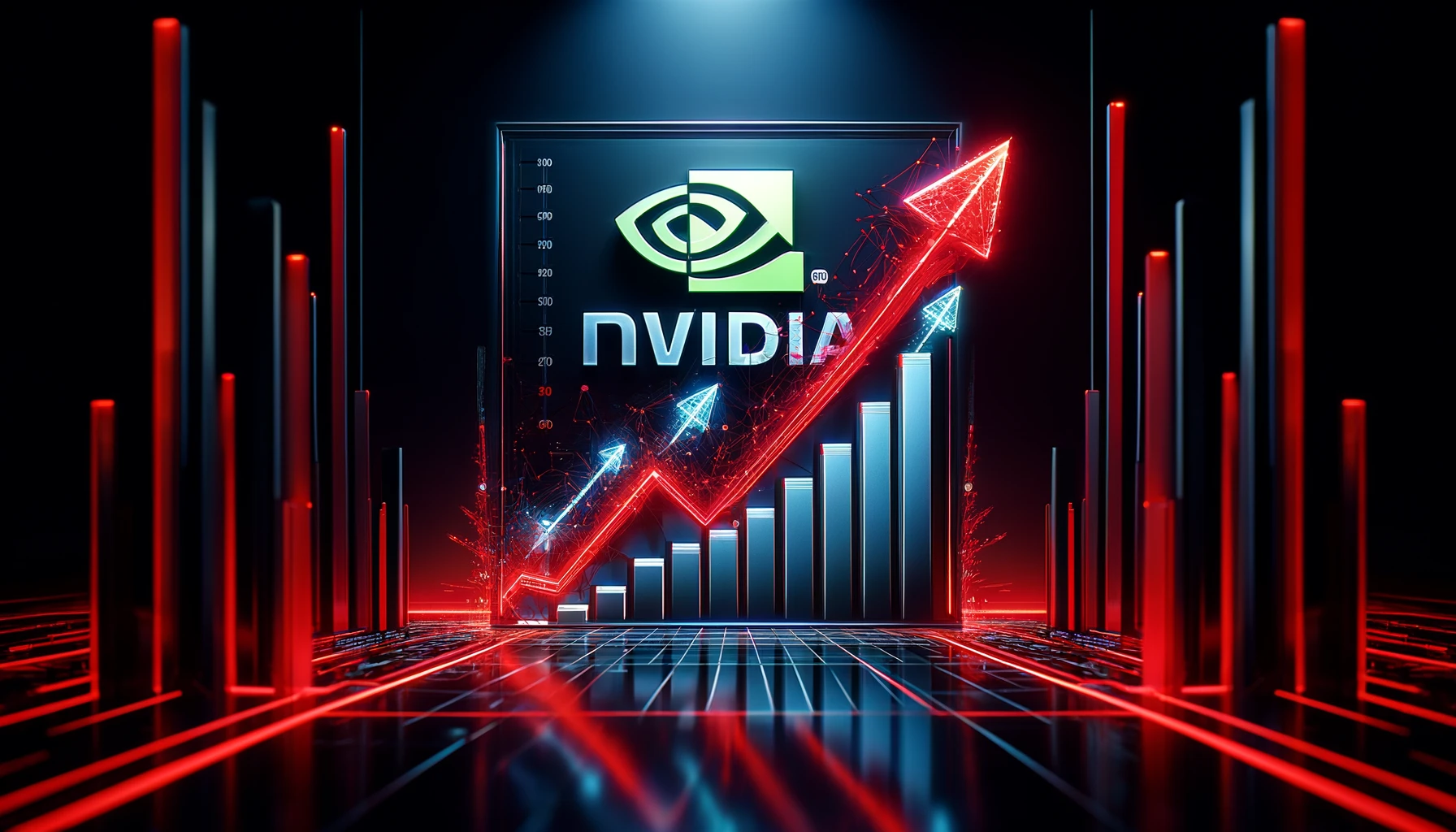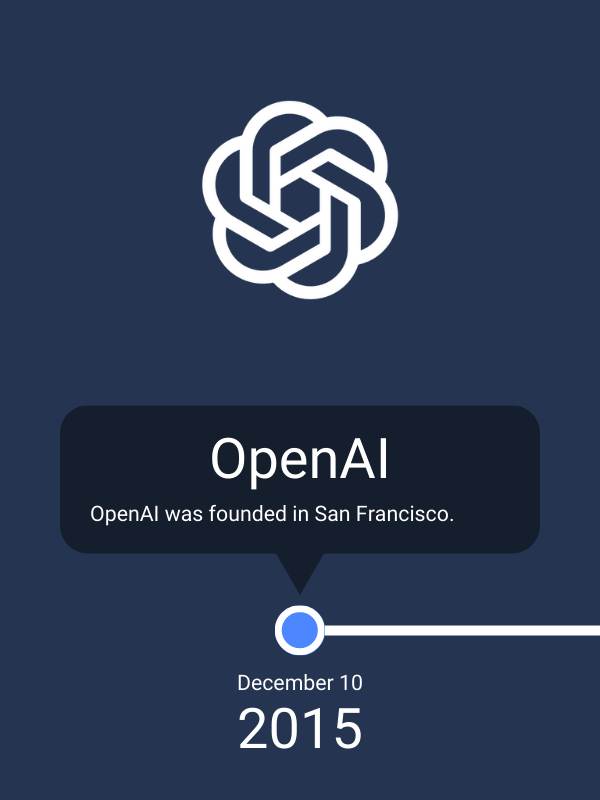Everyone can now fly their own drone.
Using Google’s new Veo 3.1 AI video model, we created a breathtaking FPV drone flight through mountain valleys that feels entirely real yet took only minutes to generate.

TL;DR Using Google’s new Veo 3.1 video model, we created a breathtaking 1 minute 40 second FPV drone flight through mountain valleys, and it took just 15 minutes to generate.
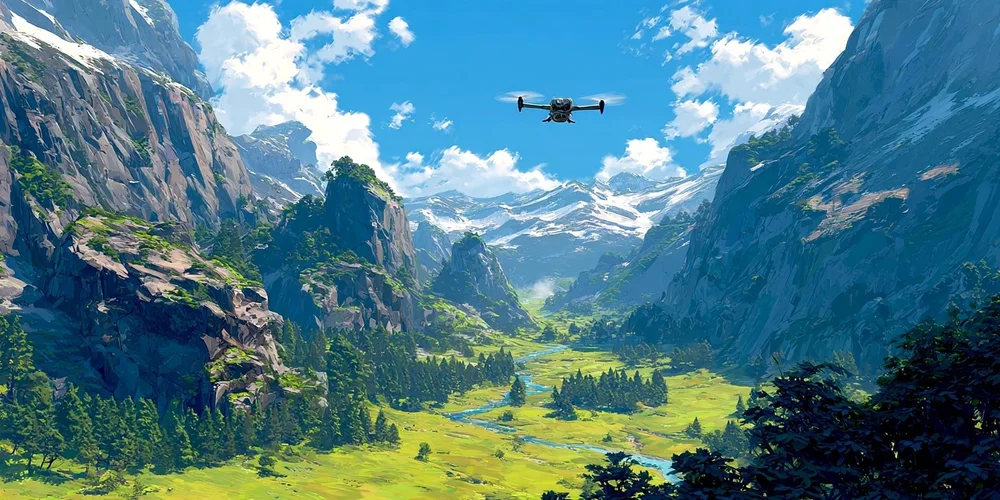
Imagine soaring through alpine valleys, gliding between snowy peaks, and diving toward rivers that twist like silver ribbons below, all without leaving your desk. That’s exactly what we did using Veo 3.1, Google’s latest generative AI video model.
Our test video, a first-person drone flight across a mountain range, captures the freedom and exhilaration of flying while showcasing just how far AI video tools have come. The result is stunningly realistic: sunlight glinting off ridges, smooth motion through tight turns, and even the soft rush of wind that accompanies the journey.
What’s most incredible? The 1-minute 40-second clip took only about 15 minutes to generate … proof that we’ve entered an era where high-quality aerial cinematography is within everyone’s reach.
What Is Veo 3.1?
Veo 3.1 is Google’s upgraded AI video generation model, designed for more realistic, longer, and higher-fidelity results. It supports single clips up to one minute, full HD (1080p) resolution, and synchronized, natural-sounding audio. Veo’s improved prompt adherence and detail control make it ideal for cinematic content, professional storytelling, and creative exploration.
Key upgrades include:
First & last frame guidance for precise scene transitions
Scene extension for longer, coherent storytelling
Horizontal & vertical aspect ratios for any platform
Enhanced realism and sound design that bring visuals to life
Veo 3.1 moves beyond traditional text-to-video generation. It feels like directing a film rather than typing a command.
How SceneBuilder Extends Reality
Veo’s new Flow-based SceneBuilder lets users grow or modify videos with continuity in mind. You can extend a clip’s final frame into new terrain, add cinematic transitions, or adjust lighting and style between sequences, all without breaking immersion.
In our FPV drone project, SceneBuilder allowed the AI to “keep flying” beyond the initial one-minute limit. By extending the final frame seamlessly, Veo 3.1 stitched together multiple generative passes into one continuous flight through valleys and canyons, a feat that would’ve required hours of manual editing before.
It’s like having an AI co-pilot who knows exactly how to maintain altitude, momentum, and atmosphere.
Frames to Video: Turning Stills into Motion
Another standout feature, Frames to Video, transforms any pair of images into an animated sequence, an invaluable tool for creative transitions. By defining a start and end frame, Veo generates motion between them, enabling smooth transformations or time-lapse-like effects.
This is perfect for creative storytelling. For instance, transforming a static mountain photograph into a sweeping drone ascent, or blending two perspectives into a single cinematic moment.
Why This Matters
Veo 3.1 represents a significant step toward democratizing filmmaking. What once required professional drones, pilots, and post-production teams can now be achieved in minutes by anyone with imagination. Artists can storyboard worlds. Educators can visualize concepts. Filmmakers can pre-visualize entire scenes with photorealistic accuracy.
For us, this drone-through-the-mountains video wasn’t just a test. It was a glimpse of the future of creative storytelling, where AI turns imagination into motion.
In short: with Veo 3.1, anyone can fly their own drone, no propellers required.

